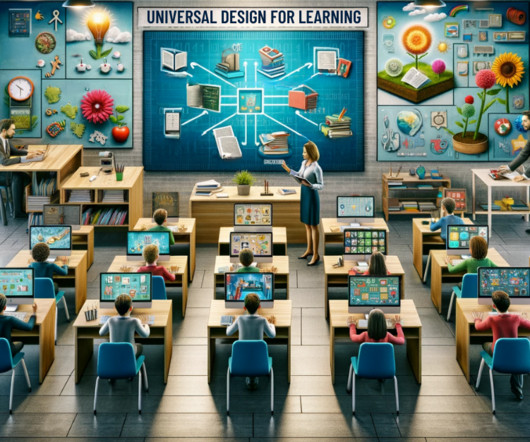A traditional model of organizational knowledge creation
Connecting 2 the World
SEPTEMBER 18, 2011
Unlike formal schooling, individual content knowledge is not necessarily assessed through testing (Diaz, et al, 1999). While individual members may have differing levels of competency, the group must be able to work collaboratively to achieve group norms and defined level of competency. 2000; Moreland & Levine, 2001).














Let's personalize your content